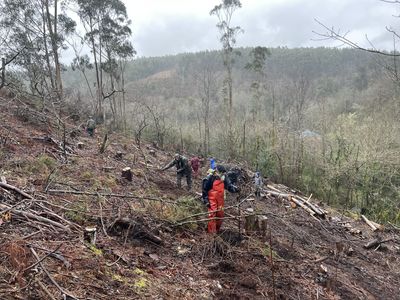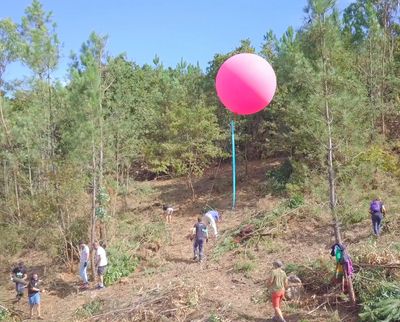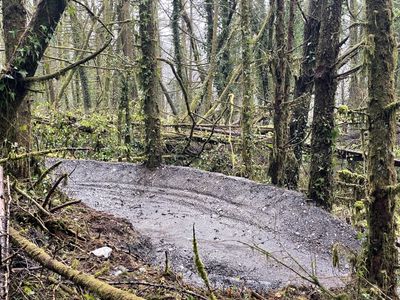The Politics of Interdependence in Community-led Landscape RestorationStefan Laxness
Despite the growth of geographies of landscape restoration in Europe, the extent to which it provides livelihoods for local communities remains unclear. This article argues that landscape restoration constitutes a strategy of livelihood when enacted by place-based communities. Using an ecological livelihood framework and ethnographic fieldwork, this article explores a case of community-led landscape restoration transitioning a landscape degraded by industrial forestry to an ecologically diverse and resilient one. By being attentive to relations of interdependence, it illuminates the micro-politics, everyday practices and more-than-human relations that sustain and shape the restoration process. It reveals landscape restoration as a pragmatic strategy to address environmental vulnerability, disrupt dominant land use and imaginaries, and sustain the more-than-economic life of the community. The article suggests that practicing landscape restoration from a minor position of power requires translocalising the transformation of place and enlisting more-than-humans in the life project of the community.


